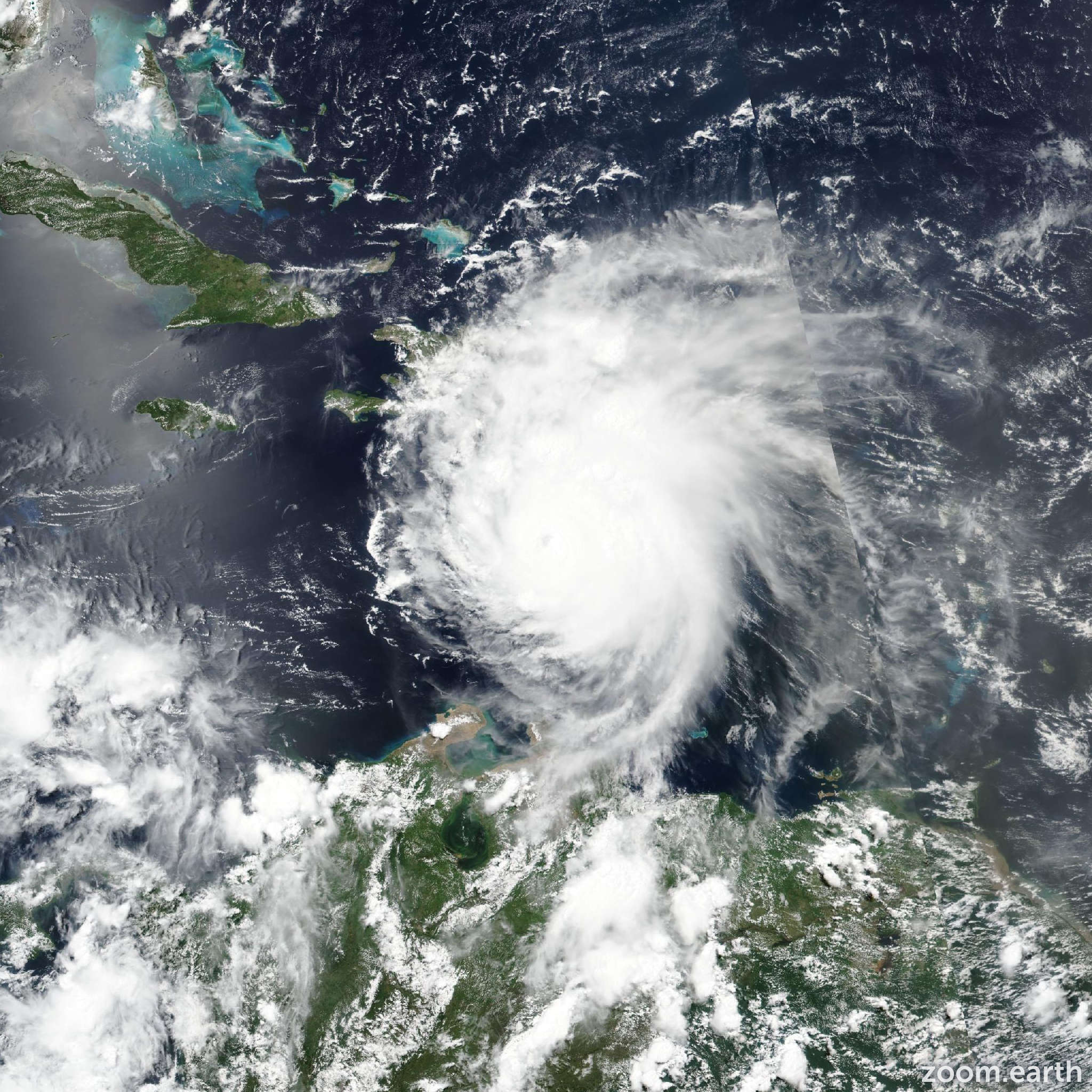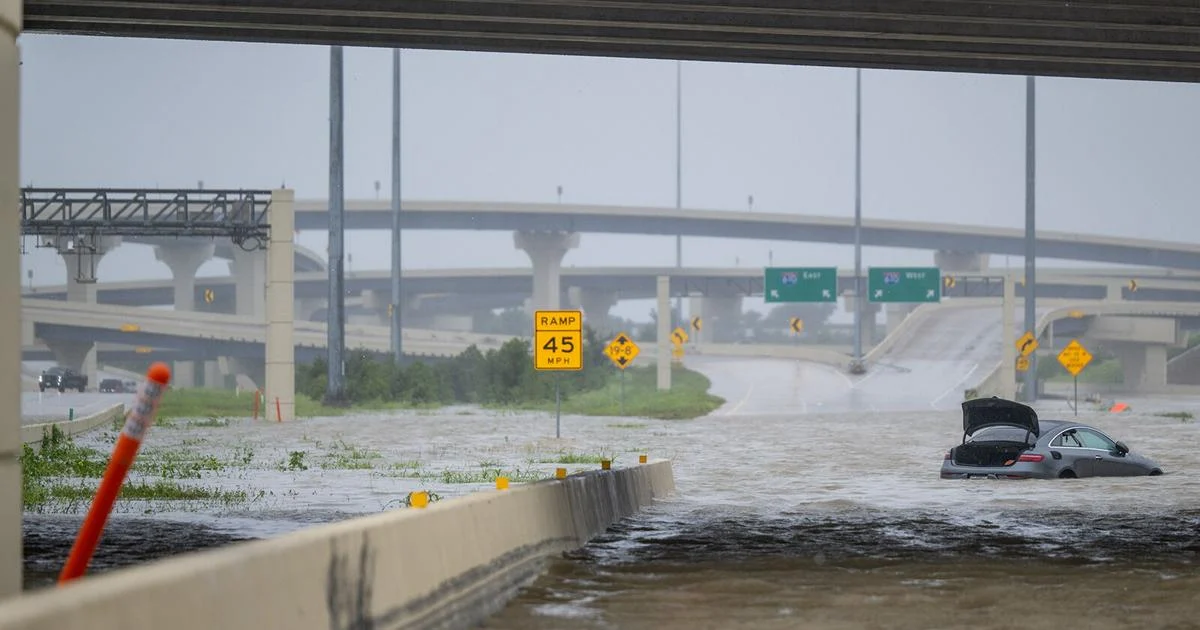Tropical Depression Beryl’s Formation and Characteristics

The formation of Tropical Depression Beryl was the result of a combination of favorable meteorological conditions. A pre-existing low-pressure system over the Atlantic Ocean interacted with a tropical wave, providing the necessary atmospheric instability and moisture for the development of organized thunderstorms.
Currently, Beryl is characterized by sustained winds of 35 miles per hour (55 kilometers per hour) and a minimum central pressure of 1008 millibars. It is located approximately 600 miles (965 kilometers) east of the Lesser Antilles.
Historical Data
Similar tropical depressions have formed in the same region in the past. In 2019, Tropical Depression Two developed in the central Atlantic and dissipated before reaching land. In 2017, Tropical Depression Arlene formed near the Cabo Verde Islands and later strengthened into Hurricane Arlene.
Preparations and Response Measures

In the face of an impending tropical depression like Beryl, it is crucial to prioritize preparedness and establish effective response mechanisms. Individuals, communities, government agencies, and emergency responders all play vital roles in mitigating the potential impact of the storm.
Individual and Community Preparedness
As individuals and communities within Beryl’s projected path, proactive measures are essential to safeguard lives and property. Here are some key recommendations:
- Stay Informed: Monitor official weather forecasts and advisories to stay abreast of Beryl’s track and intensity.
- Secure Loose Objects: Secure outdoor furniture, trash cans, and any other loose items that could become projectiles in high winds.
- Prepare an Emergency Kit: Assemble an emergency kit containing essential supplies such as non-perishable food, water, a first-aid kit, medications, and important documents.
- Identify Safe Shelter: Determine a safe location to shelter during the storm, such as an interior room on the lowest floor of a sturdy building.
- Evacuate if Necessary: If local authorities issue evacuation orders, evacuate promptly to designated shelters or safe areas.
Government and Emergency Response Coordination, Tropical depression beryl
Government agencies and emergency responders play a pivotal role in coordinating a comprehensive response to Tropical Depression Beryl:
- Public Information and Warnings: Disseminate timely and accurate weather information, issue warnings, and provide guidance to the public.
- Resource Mobilization: Mobilize resources, including personnel, equipment, and supplies, to support response efforts.
- Evacuation Coordination: Coordinate evacuation plans, establish shelters, and provide transportation assistance to those in need.
- Infrastructure Protection: Secure critical infrastructure, such as power lines and bridges, to minimize damage and disruption.
- Post-Storm Recovery: Provide assistance with recovery efforts, including debris removal, infrastructure repair, and financial aid.
Essential Supplies and Resources
During a tropical depression, having essential supplies and resources on hand is crucial:
- Non-Perishable Food: Canned goods, energy bars, granola bars
- Water: At least one gallon per person per day
- First-Aid Kit: Antiseptic, bandages, pain relievers
- Medications: Prescription medications and over-the-counter medications
- Flashlights and Batteries: For illumination during power outages
- Portable Radio: For weather updates and emergency information
- Important Documents: Passports, identification cards, insurance policies
- Cash: In case of power outages or disruption of electronic payment systems
As Tropical Depression Beryl meanders across the Midwest, it brings heavy rainfall to areas like Mount Vernon, Indiana , where residents prepare for potential flooding. The depression, which formed in the Gulf of Mexico, has weakened but continues to dump significant amounts of water, prompting flash flood warnings in several counties.
As Beryl moves northward, its remnants are expected to bring additional precipitation, keeping meteorologists and emergency responders on high alert.
As tropical depression beryl barrels through the Caribbean, its path remains uncertain. Experts are closely monitoring its progress, concerned about the potential for heavy rainfall and flooding. For the latest updates on tropical depression beryl, visit tropical depression beryl.
The storm’s trajectory is still being determined, but it is expected to continue moving westward over the next few days.